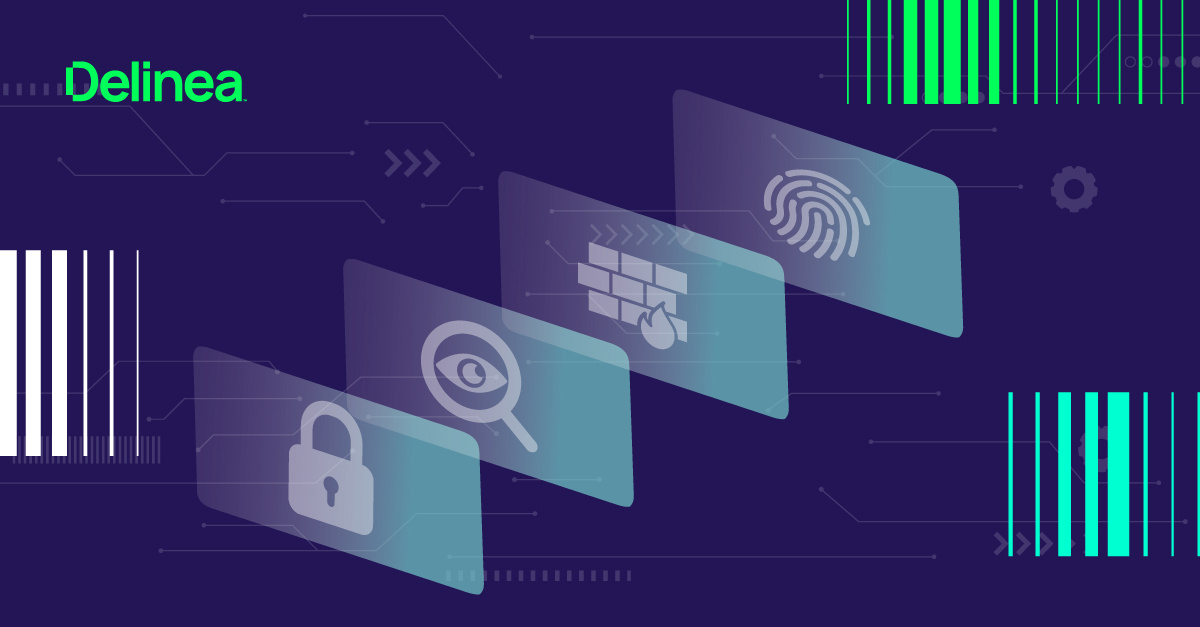6 building blocks of a winning identity security strategy
The foundation of any organization's overall security posture is increasingly reliant on a robust identity access and management strategy.
Your identity strategy is not just about ensuring humans and non-humans have the right access; it's also about enhancing the security mechanisms that protect sensitive information from unauthorized access and breaches. Here are six considerations outlined in the Delinea 2025 Identity Security Report to keep in mind as you build out your identity security strategy.
1. The critical role of authorization
While strong authentication methods are crucial, they are merely the starting point of an identity security strategy. The real game-changer lies in effective authorization—managing entitlements and automating the authorization processes. Attackers are increasingly leveraging stolen or weak credentials, and authorization ensures that even if an attacker manages to authenticate, they cannot move freely within an environment. By implementing robust authorization protocols, organizations can ensure that users—both human and non-human—have access only to the resources necessary for their roles, thereby minimizing potential attack vectors. This proactive approach significantly strengthens security, making it far more difficult for attackers to exploit vulnerabilities in the first place.
Our report survey found that 43% of organizations prioritize managing identities and entitlements in cloud environments. This reflects a shift from a mere focus on multi-factor authentication (MFA) to robust Privileged Access Management (PAM) systems. By focusing on how data is accessed, rather than just securing the identity used for access, organizations can better adhere to the principle of least privilege, significantly enhancing their security posture.
2. The importance of continuous discovery
The ecosystem of user roles, machine-to-machine accounts, and connections across on-premise, cloud, and hybrid environments continues to expand. This complexity is compounded by the dynamic nature of access rights, which change frequently and unpredictably. To manage this effectively, organizations need a real-time, continuously updating system to track and manage these changes.
Our survey also found that 34% of organizations view the complexity of their existing infrastructure as a major obstacle to secure and efficient identity management. This underscores the necessity for tools that can seamlessly integrate and manage identity information across diverse environments, ensuring that every piece of the identity puzzle is continuously monitored and correctly configured.
3. A phased approach to authorization maturity
The reason many organizations have historically focused more on authentication than on identification and authorization is that authorization maturity is difficult to achieve. However, this challenge can be overcome through a phased crawl, walk, run approach.
Phase one: This foundational stage is where organizations focus on gaining visibility into their identity environment and reducing the attack surface. By improving visibility, organizations can lay the groundwork for a more robust security posture.
Phase two: Now you focus on integrating policies and limiting over-privileged users. This step ensures that access is governed by least privilege principles and that entitlements are managed systematically. By centralizing and automating policy enforcement, organizations can measurably reduce risk.
Phase three: The final phase involves increasing automation and intelligence to refine and optimize authorization processes. This includes implementing adaptive access controls, leveraging AI-driven identity analytics, and automating privilege escalation and de-escalation based on real-time risk assessments.
This structured approach allows organizations to gradually enhance their identity security capabilities without overwhelming their systems or teams, paving the way for a more secure and manageable identity environment.
4. The shift toward platformization
The survey revealed that 88% of organizations are considering consolidating their vendors to streamline their identity strategies. This trend toward platformization helps organizations maintain essential identity security functionality and extensibility without compromising on the integration of added capabilities as threats evolve.
A platform-based approach not only simplifies management but also ensures that new functions are seamlessly integrated, maintaining a unified management system that scales as the organization's needs grow.
5. Enhancing SOC capabilities with ITDR
Identity Threat Detection and Response (ITDR) is becoming a critical component of security operations centers (SOCs). ITDR enhances the ability to detect identity threats, reducing dwell time and the impact of compromised identities, which is crucial for mitigating risks associated with account takeovers and lateral movements within identity systems. As you determine how ITDR fits into your identity strategy, consult with the practitioners in your SOC to better understand how investing in this solution can help up-level their capabilities.
6. Preparing for AI-driven identity technology
Advancements in artificial intelligence (AI) are revolutionizing the future of identity security. According to our survey, over 94% of organizations are actively adopting or planning to implement AI-driven identity technologies within the next 12 months. This shift highlights AI’s transformative potential to make identification and authorization processes faster, smarter, and more secure. AI also redefines asset inventory and classification within identity strategies, delivering unmatched precision and efficiency. Most importantly, it enhances the detection of behavioral anomalies, empowering organizations to stay ahead of emerging threats and protect their digital ecosystems more effectively than ever before.
Your identity security strategy is essential
Building a robust identity security strategy isn’t just a choice—it’s a critical necessity to safeguard your organization’s data, systems, and critical applications. For expert insights and practical guidance to enhance your organization’s identity security capabilities, download our new research report.



